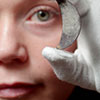The Glenmorangie Project is generating exciting new research on the archaeology of early medieval Scotland. But contemporary art has been a thread running through the project since its inception in 2008. We’ve loved writing about. We loved writing about the contemporary art by Eduardo Paolozzi and Andy Goldsworthy that is part of the archaeology displays in the museum’s Early People gallery. And over the years we’ve built relationships with a range of contemporary artists and craftspeople in order to reconstruct fragmentary objects and lost manufacture techniques, resulting in the Pictish throne and the Creative Spirit exhibition in 2013.
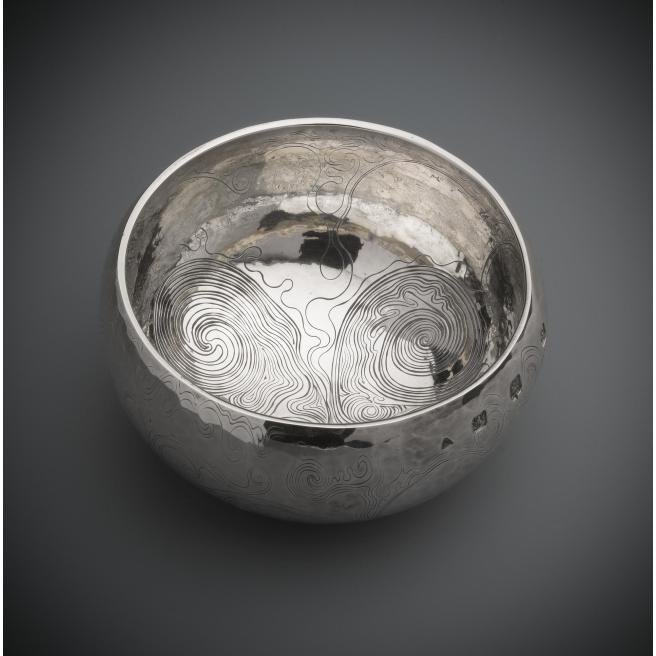
Every year we hold the Glenmorangie Annual Lecture which explores links between contemporary art (and artists) and archaeology (and archaeologists). Both groups work hands on with many of the same raw materials such as stone, metal and glass. Archaeologists spend time trying to reconstruct the past from fragments of these (and other) materials. I suppose you could say that some artists attempt the opposite, deconstructing the present through their use of these same substances, forcing us to look again at the familiar or mundane. Sometimes artists draw on the past in their creative processes, others on the natural world. People in the past must have been inspired by both as well.
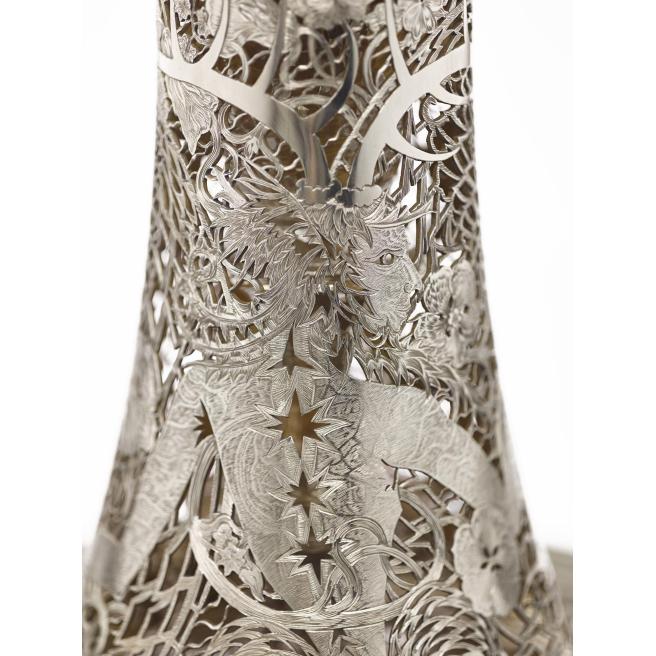
We’ve always been very interested to speak with artists to gain a different perspective and have been lucky enough to host lectures by internationally acclaimed artists Andy Goldworthy and Cornelia Parker. To mark our three-year research programme on Scotland’s earliest silver (AD300–800), we are excited to welcome master silversmith and engraver Malcolm Appleby to deliver this year’s Glenmorangie Annual Lecture. The event will be an interactive question and answer experience, with the opportunity to ask Malcolm about his techniques, inspiration and 45-year career.
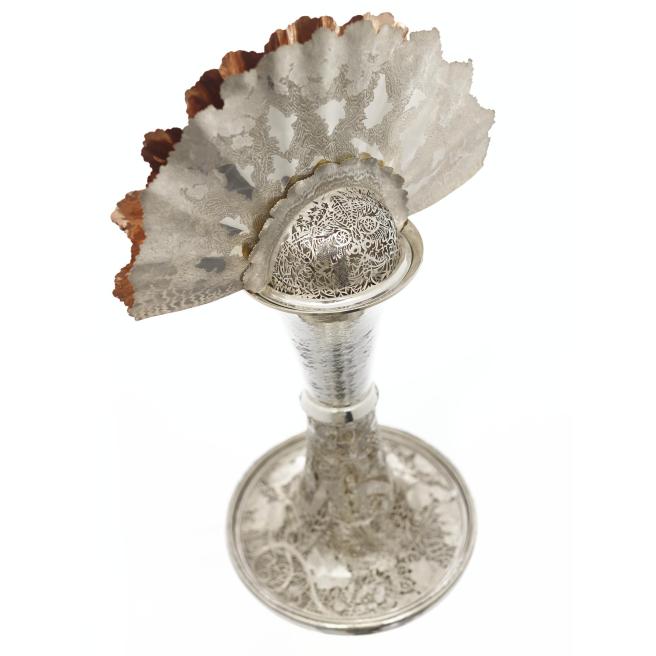
Malcolm is primarily known as a master engraver, particularly associated with intricate engraving of gun fittings. But his range and repertoire are wide, encompassing large and almost sculptural pieces to tiny buttons, rings and brooches. He works in all metals, drawing on a range of techniques beyond engraving to create rich and textured pieces.
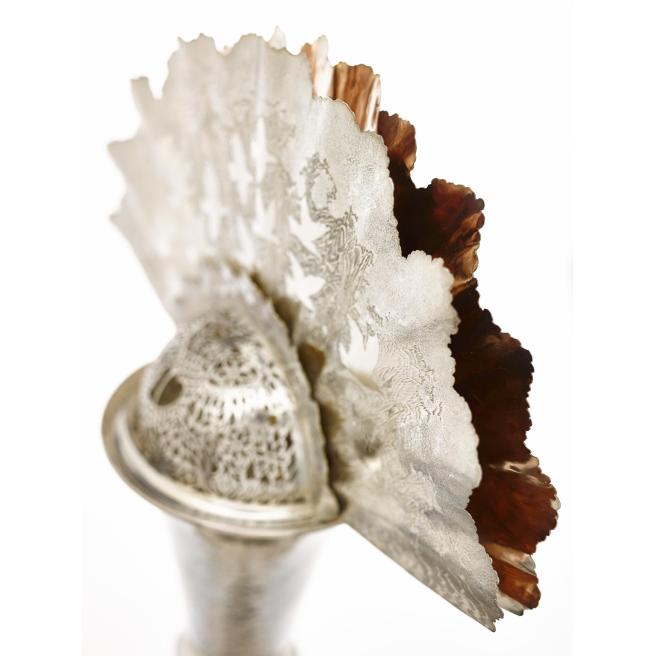
His work is truly original, and experimentation is a constant theme. Several pieces made by Malcolm are within the permanent collections of National Museums Scotland. I was lucky enough to visit Malcolm’s studio earlier in the year. Our discussions roamed across everything silver: past and present, material and method, meaning and making. It should be a fascinating evening from a very engaging and characterful speaker!
September 2015 also sees the opening of The Silversmith’s Art: Made in Britain Today, a free exhibition in collaboration with The Goldsmiths’ Company. This ground-breaking exhibition celebrates the exceptional creativity and skill which make Britain a world leader in modern silver. Visitors will be able to see pieces by Malcolm Appleby amongst 150 masterpieces made by 66 acclaimed silversmiths between 2000 and 2015. The Goldsmiths’ Company holds a world-renowned collection of British silver and commissions exceptional creative work each year, which is profiled in the exhibition. Supported by films and workshop installations, the exhibition examines key silversmithing techniques and the inspirations behind artist-silversmiths’ cutting-edge designs.
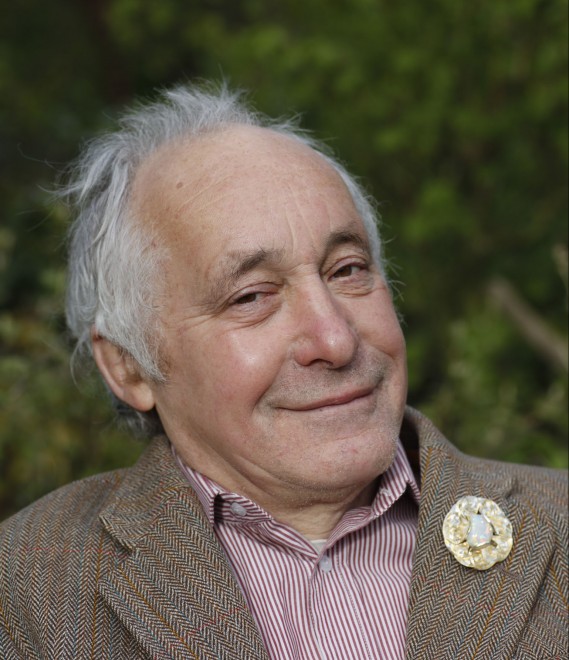
Look out on Twitter for events across Edinburgh connected to silver this autumn: it’s going to be a fascinating #silverseptember
The Glenmorangie Annual Lecture: Malcolm Appleby
Join us from 18:15 for a complimentary glass of Glenmorangie Original.
22 September, 19:00–20:00 (doors open at 18:15, Auditorium, entry via Lothian Street)
Tickets £6, £5, Members and Concessions. Adults 18+
The Silversmith’s Art: Made in Britain Today
18 September – 4 January
The Glenmorangie Research Project aims to extend our understanding of Scotland’s early medieval past and was established in 2008 following a partnership between National Museums Scotland and The Glenmorangie Company. The current phase of research, Scotland’s Earliest Silver: power, prestige and politics will look at the biography of this precious metal as it was used and reused in early medieval Scotland. You can read more about the Monymusk reliquary here.
